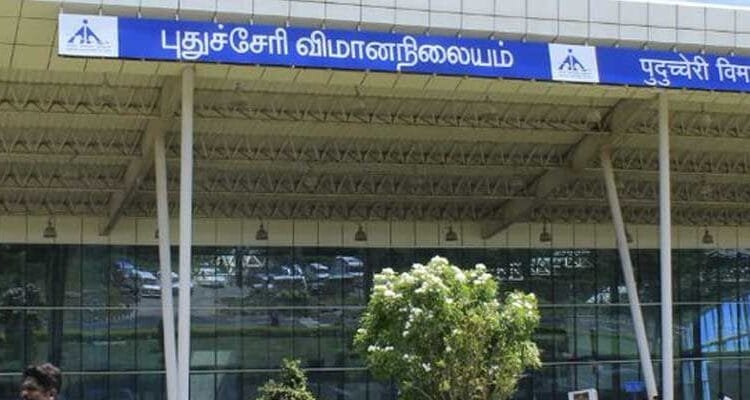GHAVP-1&2 to be completed 2031-32
Private sector partnerships are being sought under the Nuclear Energy Mission for the development of large and small nuclear power plants in green fields, brown fields, captive plants and for off-grid applications in remote locations https://www.npcil.nic.in/index.aspx.
This update was given by Dr Jitendra Singh, Minister of State for the Department of Atomic Energy who said in a written reply in the Lok Sabha on 6 Aug who said that the mission was exploring R&D related to Small Modular Reactors (SMRs) and enabling measures for new advanced technologies.
Three types of SMR are being designed and developed indigenously by BARC for demonstration, he added https://ins-india.org/.
The SMRs are:
200 MWe Bharat Small Modular Reactor (BSMR);
55 MWe Small Modular Reactor;
5 MW High Temperature Gas Cooled Reactor for hydrogen production by coupling with a suitable thermochemical process for hydrogen production.
The Minister said that ‘in-principle’ approval has been obtained for construction of these demonstration reactors.
These demonstration reactors are likely to be constructed in 60 to 72 months after receipt of administrative sanction of projects. Lead units of BSMR & SMR are planned to be installed at DAE sites in collaboration with NPCIL https://www.nseindia.com/.
These plants are designed & developed considering deployment as captive power plant, for repurposing of retiring fossil fuel-based plants and for hydrogen production to support the transport sector with the prime objective of decarbonization by increasing the penetration of nuclear energy in the industrial & transport sector https://www.bseindia.com/.
Presently, the installed nuclear power capacity in the country comprises 24 reactors with a total capacity of 8780 MW, excluding RAPS-1 (100 MW) which is under long term shut down.
KAPS-3 & 4 (2×700 MW) and RAPP-7 (700 MW) are in commercial operation.
Presently, 18 reactors with a total capacity of 13,600 MW (including 500 MW PFBR, being implemented by BHAVINI) are at various stages of implementation. On their progressive completion, the installed nuclear power capacity will reach 22380 MW from 8780 MW at present.
The target of 100 GW is planned to be achieved by deploying reactors based on existing and new advanced technologies under development https://sbi.com.in/.
The department has established 433,800t in-situ U3O8 resource in 47 uranium deposits located in Andhra Pradesh, Telangana, Jharkhand, Meghalaya, Rajasthan, Karnataka, Chhattisgarh, Uttar Pradesh, Uttarakhand, Himachal Pradesh and Maharashtra.
In recent years, the Department has established 26,437t in-situ U-oxide resource in Jaduguda North – Baglasai Mechua deposit, East Singhbhum district, Jharkhand; which is the north-western continuity of Jaduguda uranium deposit http://world-nuclear.org.
Highest priority is accorded to safety in all aspects of nuclear power viz. siting, design, construction, commissioning and operation.
The Minister assured that nuclear power plants are designed based on the paramount safety principles of defense in depth, Redundancy, Diversity and Fail-safe design features; thus, ensuring multiple barriers between the source of radioactivity and the environment.
The operations are performed through well laid out procedures by highly qualified, trained and licensed personnel. There is a robust and independent regulatory mechanism in place and safety of nuclear power plants is continuously monitored and reviewed by the Atomic Energy Regulatory Board (AERB), said Dr Jitendra Singh.
The Gorakhpur Nuclear Power Project comprises two twin units of 700 MW each viz. GHAVP 1&2 (2X700 MW) and GHAVP-3&4 (2X700 MW).
The Government accorded administrative approval and financial sanction for the GHAVP-1&2 in February 2014. Presently, GHAVP-1&2 is under construction and is expected to be completed by 2031-32.
Award of work for equipment, major EPC packages and construction of other main plant building is in progress.
In order to streamline the project activities, advance procurement of long manufacturing cycle equipment have been initiated.
Some of the major equipment which have also been received at site while others have been ordered.
All major equipment and works packages like Main Plant Civil Works, Nuclear Piping, Turbine Island, IDCT etc. have been awarded and works are in progress.
Constant monitoring of progress of project activities at multiple levels, timely identification of constraints & making necessary mid-course corrections, frequent meetings with vendors / contractors and re-sequencing of construction activities to the extent possible, have also been taken.
While work is in progress in the peripheral buildings/structures, the construction activities in the main nuclear island would be taken up in full swing once site specific ground improvement activities are concluded and regulatory clearance is obtained. The delay has been primarily due to surprises in the soil conditions encountered during construction, said the Minister. Fiinews.com










